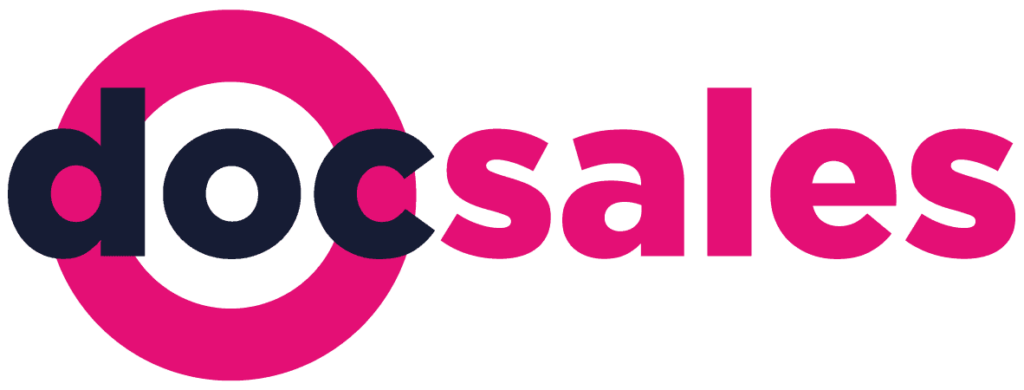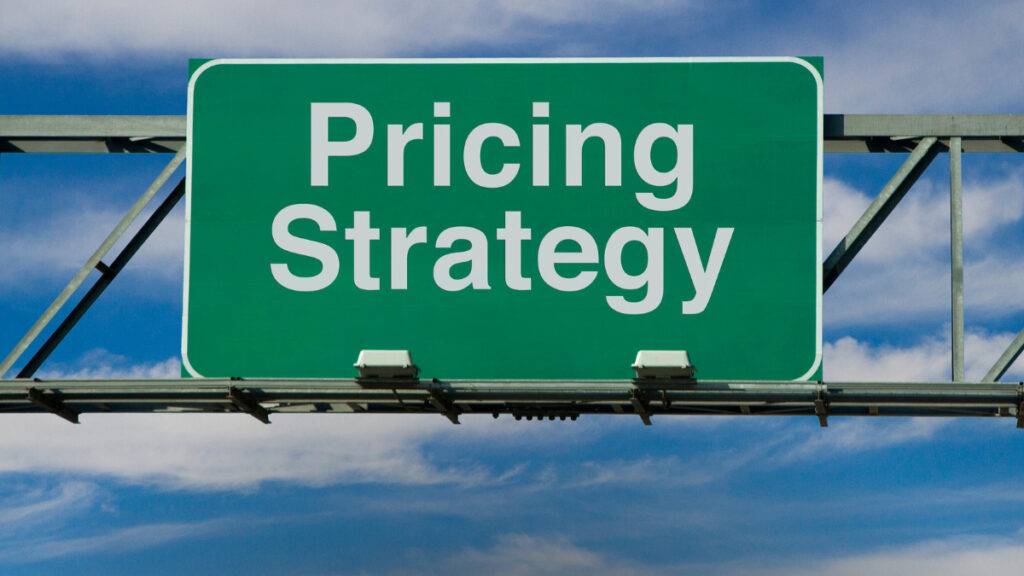Your SaaS (Software as Service) needs to sell! If you’re not selling, you’re not growing. In a crisis, this pressure becomes even greater, resulting in a need to innovate and rethink your sales model so that you can advance.
Why not reconsider your sales model before a crisis hits? For this reason, let’s talk about five of the most common monetization models for SaaS companies and the options you need to know when defining your sales strategy.
How an ideal sales cycle works
Let’s start with how a sales cycle works. A sales cycle is the path that the consumer travels through to purchase a service. The steps include gaining awareness, signalling interest, recognizing the problem, searching for a solution, evaluating the competitors, and making a purchase.
Each of these steps presupposes an action or interaction, which may change depending on the service offered, with the user. In the awareness phase, for example, you’d prospect for potential clients using different channels. In the interest phase, you’d qualify leads (by signing them up for a demo, for example). In the evaluation phase, you’d help the prospect under your value propositions and how you differ from competitors. Finally, in the purchase phase, you finalize the negotiation.
But how can this information benefit you? By understanding the sales cycle, you can reduce the time it takes for the consumer to finish this journey, thus closing deals faster with less work.
The important thing is to go through the cycle, step by step, and think about what can be done to accelerate the process at that moment.
You also need to analyze how the sales cycle changes according to each sales model you use, which steps are going to take longer, or which may need more attention from your marketing, sales, and even product teams.
Simple vs complex sales
Before we talk about monetization models, it’s worth reviewing another concept: simple vs complex sales.
- Simple sales: Simple sales is common in B2C (businesses selling directly to the consumer). It happens when the consumer is clear about what they want or need, and they only need to be encouraged to close the deal at that specific time. As a result, simpler closing techniques are used, especially ones that add urgency.
- Complex sales: Complex sales are negotiations that require more time and dedication from both the salesperson and the buyer, since more is at stake. Complex sales are usually B2B (businesses selling to other businesses) and involve many people in the decision process such as the financial department, legal department, and the department that will actually use the product.
Simple sales tend to make less money per deal but are easier to automate. Conversely, complex sales make more money per deal but are harder to automate.
By finding the right model for your product and your audience, sales happen more naturally and your efforts can be directed to the right stage of the sales cycle.
Want to find out which sales model to adopt? Check out the main ones used by software companies below.
5 sales models you need to know about
The main differentiator between sales model is whether a salesperson is present (or not). We present the most common SaaS sales models, starting with sales models that are fully automated and ending with those that aren’t.
Freemium
This sales model is becoming quite popular, especially with mobile apps. The name freemium comes from combining two words: free and premium. Under a freemium model, there are two options offered to the public. The free option is free to consumers but comes with limited functionality. The premium option requires consumers to pay but offers more functionality.
With a freemium model, even those who don’t want to pay for a service can use part of it, increasing perceived value and brand loyalty. This is indeed the great attraction of the freemium model. Who doesn’t like free stuff? Offering something for free attracts a large volume of users who can become heavy users of the tool. However, the goal is for the user to understand that they need more of, or from, the service and end up signing up for the paid version.
For companies that opt for this model, the biggest challenge is becoming profitable by converting a high percentage of free users into premium users. This means a lot of effort is spent at the top of the sales funnel, attracting a large number of users to the free version.
You also must have a product with excellent free features, while reserving the best for paying customers. You must consistently remind the free users of the advantages of the premium version, usually through in-app notifications. Finally, converting to the premium version should be simple and fully automated.
No touch self-service
Under this model, the consumer buys without a salesperson’s help. You must invest heavily in SEO (search engine optimization), SEM (search engine marketing) and inbound marketing to educate the buyer about your service and why they need it.
To ensure successful sales, your product needs to be simple and easy to understand, with clearly explained benefits. There can be no room for doubt, or else the sale won’t happen. Remember, the goal is for the consumer to need little to no personal assistance.
However, one of the drawbacks to this model is there is often no feedback on why the sale did not happen. This makes it necessary to invest in surveys and review conversion pages in order to optimize the sales process, product, or marketing. Monitor your data, or you may lose revenue because you didn’t catch leaks in your sales funnel.
Light touch inside sales
In this sales model, the salesperson provides light support by answering questions via chat, email or phone call.
While you now have a salesperson, you still need a simple, easy-to-understand product with a clear value proposition. If your company opts for this model, you also need to make sure that your marketing strategy is aligned with the sales cycle, with consumers having enough information to make a purchase.
One challenge that may arise is your customers might demand more service from your sales team, leading to more hand holding. Your sales team needs to understand their role to facilitate the purchase, not single-handedly close the deal.
High touch inside sales
Here a customer’s contact with the salesperson increases, but there’s no face-to-face interaction. However, the salesperson has a more hands-on role and other people in your company may be involved (such as engineers and the deployment team).
The sales process in this model tends to be longer, which is ideal for complex solutions that require input from different departments within your client’s company. It’s also cost effective for two reasons. First, it allows for the closure of high-value sales without spending money on physical visits. Secondly, by having the sales team working in the same space, it’s easier to facilitate the exchange of sales knowledge.
The size of the potential market is also greater than it is for in-person sales, as your sales team can serve different cities and even countries from one office.
In-person sales
This is the model where salespeople are most essential. Salespeople visit customers, conduct product demonstrations, and must adapt to the prospect’s business model.
Face-to-face sales is recommended for software companies that have a complex product and high LTV (lifetime value from a customer). If you operate in different markets, you can use local sales reps who are managed remotely. These reps are able to better tailor their sales pitch to local businesses, delivering better results than an inside sales rep.
In this model, one challenge is ensuring salespeople are aligned with your business goals, since they represent your business. You must also mind your CAC (cost of customer acquisition) and LTV metrics to ensure your business remains profitable. Monitoring these metrics by location and by salesperson, because different variables will impact your metrics differently.
Which sales model will you choose?
Besides the five models above, there are others—and who knows which models will be invented in the future? The most important matter, however, is understanding which model will create the results that your business needs, given your audience and your product, your market, and your company’s short and long-term goals.
If one model doesn’t fit, perhaps your company needs to use more than one sales model at the same time, for different products or customer profiles. Or perhaps your company needs to modify a sales model to fit the changing demands of your market and business. Remember: to sell is to change!
Learn more about sales pipeline by clicking here.






